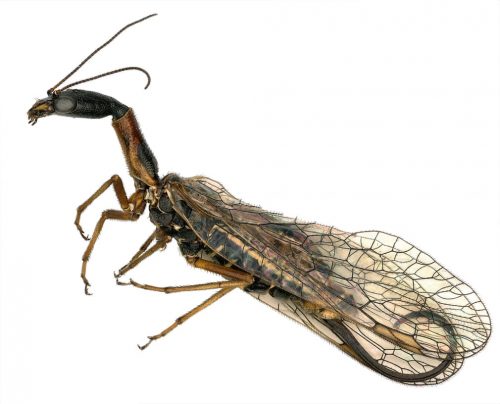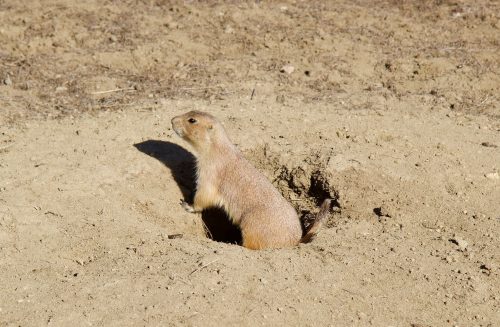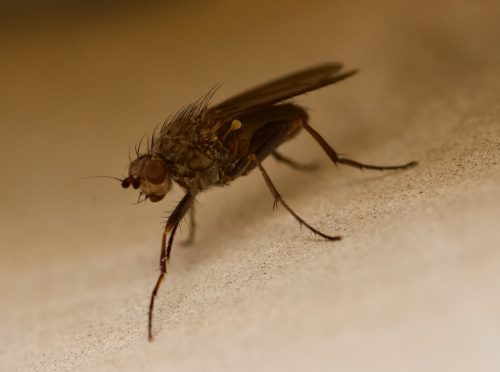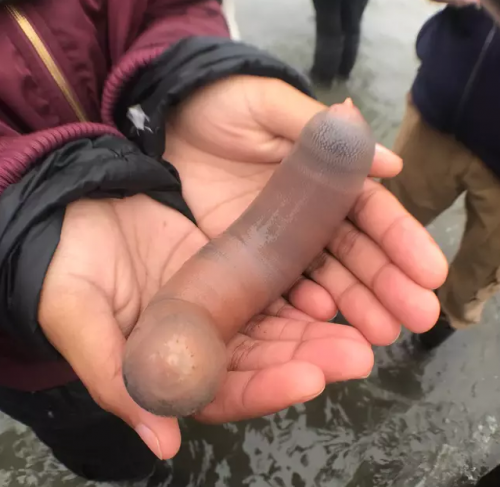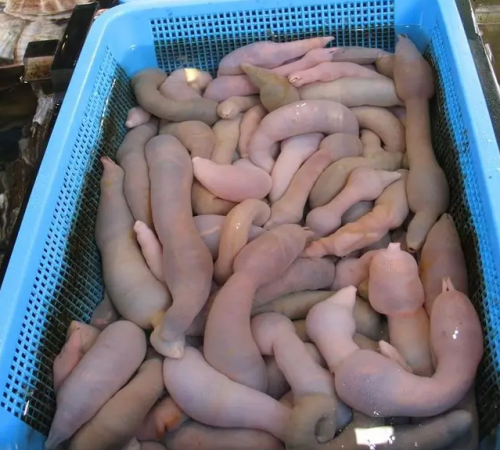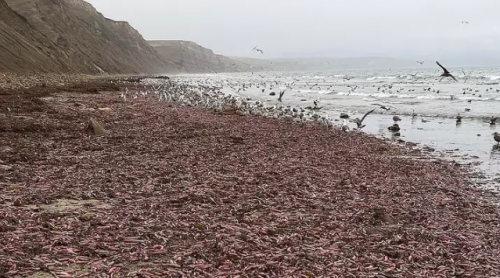I get a bit of grief about showing spider photos, but have you ever seen closeups of insects? Sheesh. Hairy angular beasties with intricate mouthparts and creepy genitalia jutting out. I don’t know how anyone can stand to look at them.
Anyway, take a look at the gallery and shudder. You can reassure yourself that good, sweet, adorable spiders will eat them all.

